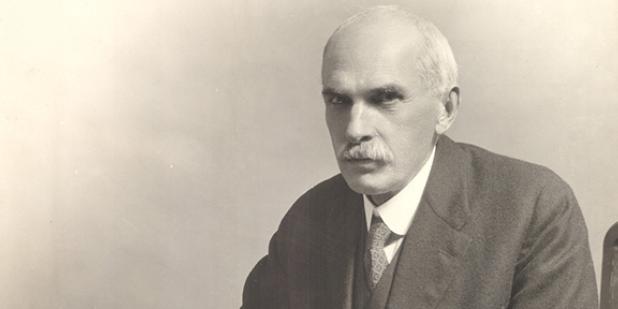Happy Lunar New Year from the USC US-China Institute!
Tibet Uncovered: Missionaries and Mystics in the Early 20th Century
This exhibition explores the intriguing country of Tibet through the works of individuals who wanted to convert the Buddhists, and others who converted to Buddhism. On view are more than 30 books and 30 images, as well as 10 objects representing the everyday life and the ritual customs of the Tibetan people.
When:
March 9, 2015 12:00am to June 26, 2015 12:00am
Where

This exhibition explores the intriguing country of Tibet through the works of individuals who wanted to convert the Buddhists, and others who converted to Buddhism. On view are more than 30 books and 30 images, as well as 10 objects representing the everyday life and the ritual customs of the Tibetan people.
The late 19th and early 20th centuries witnessed an extremely active missionary movement in Africa and Asia. Among the many Christians who travelled to the far corners of the earth were a small group that went to the borderlands of China and Tibet. In the words of one of them, “Tibet needs Christ,” and yet despite this belief, many of them returned home with a greater appreciation of the country and its culture, and they shared their experiences in words, images and objects. Dr. and Mrs. Albert L. Shelton were two of these missionaries, and their collection of objects became the core of the NewarkMuseum’s renowned Tibetan art collection.
Other Westerners went to Tibet to learn about Tibetan Buddhism. Some of them, like Alexandra David-Neel, converted and become proponents of it in Europe and America. Others took parts of it and incorporated it in new understandings of spiritual life in the 20th century. Tibetans themselves were part of this cross-cultural exchange. Geshe Wangyal, for example, was an ethnic Kalmyk Mongolian, educated in Tibet, who fled the country in 1955 and settled in Freewood Acres, New Jersey, where he became the teacher of a remarkable group of American converts, who were instrumental in the establishment of Tibetan studies at several major universities.
Through books, images, and objects, the story of these missionaries and mystics is introduced to students and faculty, who will gain insight into the transmission of cultural ideas from West to East and from East to West, an interplay that has influenced – and continues to influence – Tibetans and Americans, as well as others in our global community.
Please note this exhibition is on view at the Dana Library, located on the campus of Rutgers University-Newark at 185 University Avenue.
Thursday, March 26, 6-8 pm
Speaker: William A. Peniston, Ph.D., Librarian & Archivist, Newark Museum
Dr. Peniston will discuss the relationship between libraries and museums, specifically the role of specialized libraries in shaping exhibitions and programs.
Please note: this exhibition does not take place at the Newark Museum
Cost:
Open to the public
Event Website URL:
Featured Articles
January 4, 2024
We note the passing of many prominent individuals who played some role in U.S.-China affairs, whether in politics, economics or in helping people in one place understand the other.
Events
Thursday, March 21, 2024 - 4:00pm PST
Ying Zhu looks at new developments for Chinese and global streaming services.
Tuesday, March 19, 2024 - 4:00pm
David Zweig examines China's talent recruitment efforts, particularly towards those scientists and engineers who left China for further study. U.S. universities, labs and companies have long brought in talent from China. Are such people still welcome?






